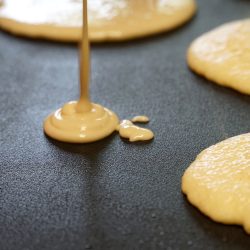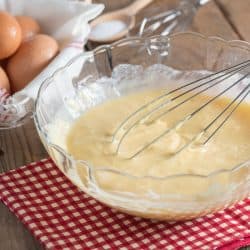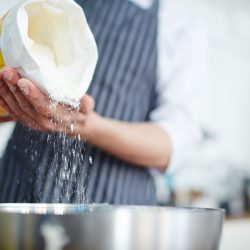Are you wanting to make some delicious cornbread, but you're unsure whether your batter should be thick or thin? This is important to get the right texture, flavor, and moisture that will keep your family coming back for second helpings. This post will give you some details about how thick the cornbread batter should be and tell you how to correct too thick or thin batter.
Cornbread batter should be thicker than pancake batter. It should be thin enough that you can pour the batter from the mixing bowl into the bread pan. Mix it just enough to combine the wet and dry ingredients, but leave the lumpiness in the batter.
Now that you know the general thickness of cornbread batter to get the best result, you probably have more questions. This post will be a comprehensive discussion about cornbread batter. We will tell you whether you can make cornbread batter the night before or if you can store it in the fridge. We will also talk about whether you should let cornbread batter rest before cooking, and more. So be sure to keep reading.
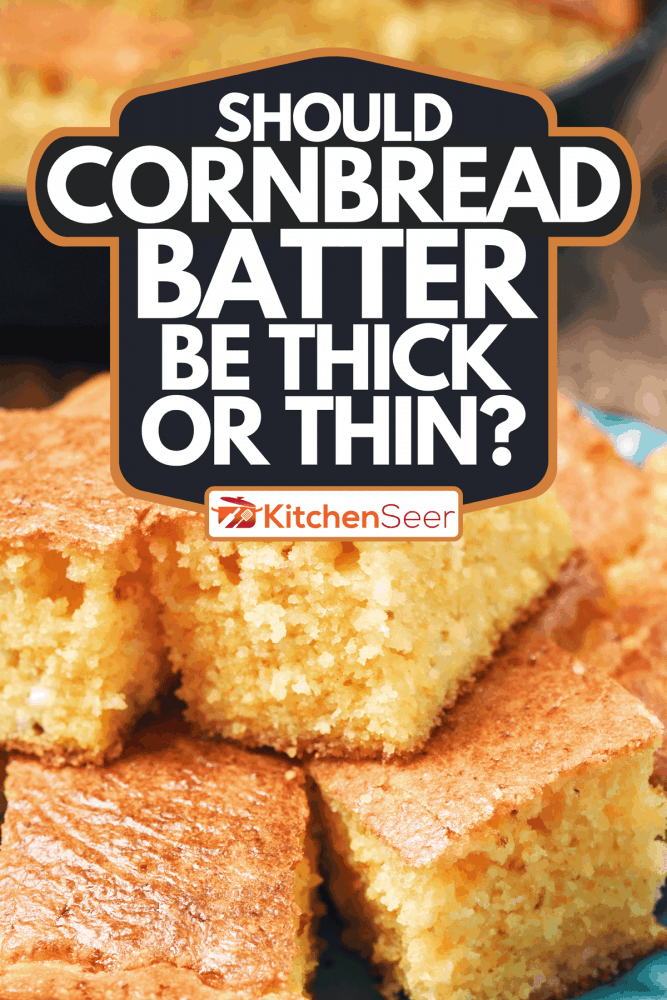
Should Cornbread Batter Be Thick Or Thin?
Cornbread batter should be slightly thicker than the consistency of pancake batter. It should still be thin enough to pour from the mixing bowl into the bread pan. It should appear loose, which will allow you to pour the batter. This ensures enough moisture so that you don't end up with hard, dry bread after you pull it from your oven.
How Thick Should Cornbread Batter Be?
Thickness is determined by the amount of wet ingredients relative to dry ingredients. When making cornbread batter, you should have about two parts dry for every one portion of liquid. It is considered a pour batter, which should pour easily into the bread pan from the mixing bowl.
Pancake batter is runnier with a one-to-one ratio of liquid to dry ingredients. Your cornbread batter should be thicker than pancake batter. Cookies have a ratio of three portions of dry for every one part of liquid. Cookie batter cannot be poured, so your cornbread batter should be thinner than cookie dough.
Why Is My Cornbread Batter Thick?
Your cornbread batter is too thick because the wet to dry ratio is not correct. You have too much flour and dry ingredients for the amount of water and dairy ingredients.
Since you cannot remove flour from your mix, adding more milk to the mix is the only solution. You could also add water. Add a little bit at a time and mix the new liquid into the batter until you reach the desired consistency.
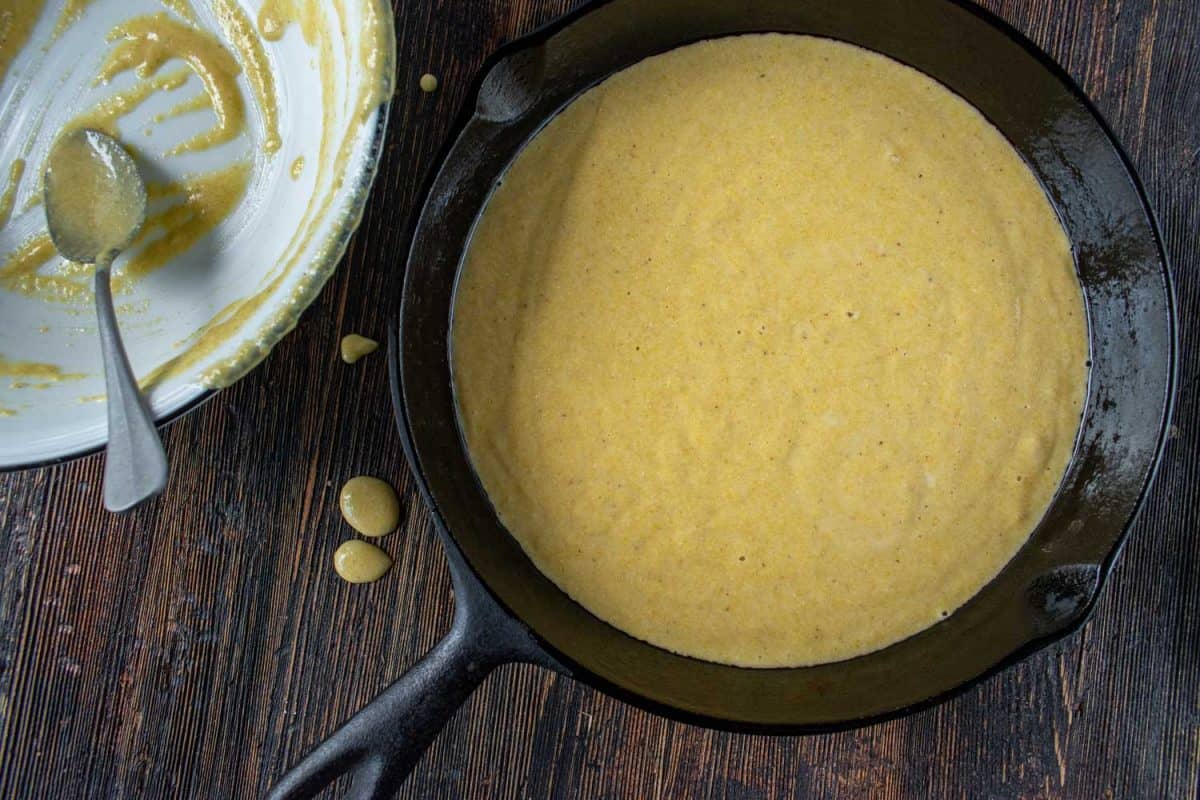
What Do You Do If Your Cornbread Is Too Runny?
Your cornbread batter is too runny because you have too much liquid for the amount of dry ingredients in the batter. The only solution is to add more dry ingredients. You could add flour, cornmeal, or a mix of the two until the mixture reaches the desired consistency. It should be somewhat runny and lumpy but firmer than pancake batter.
Should Cornbread Batter Be Lumpy?
Cornbread should be mixed just enough to combine the wet and dry ingredients. You should leave the lumps in the mix to prevent overmixing.
Agitating wheat flour in the mixing process causes the formation of gluten. Gluten is needed to retain the structure of some bread that you buy from the store. When you make cornbread from home, you want a softer bread rather than a chewier bread that comes from mixing the batter for longer periods of time.
Should You Let Cornbread Batter Rest?
Cornbread is typically made as a quick bread rather than with a sourdough starter or yeast. Quick breads use baking powder to make the bread rise.
You can let the cornbread batter rest for 15-20 minutes for the best results. This is compared to baking with a starter that will require hours of resting time before baking. Skipping the rest period or allowing the batter to rest for longer will compromise the ability of the bread to rise.
Can I Make Cornbread Batter The Night Before?
You should not mix your cornbread batter the night before. The baking soda and baking powder are leavening agents that will not be effective when premixed. If you want to save time the night before a bake, you can mix the liquid and dry parts separately. 15-20 minutes before you want to bake the bread, mix the wet and dry ingredients to activate the leavening agents.
If you mix the batter ahead of time, you will end up with a condensed brick of cornbread. If you stick to the suggested amount of rest time for the batter, then you are more likely to get bread that has a satisfying and more airy texture. Getting the dry ingredients mixed ahead of time is an excellent way to save time without compromising your final product.
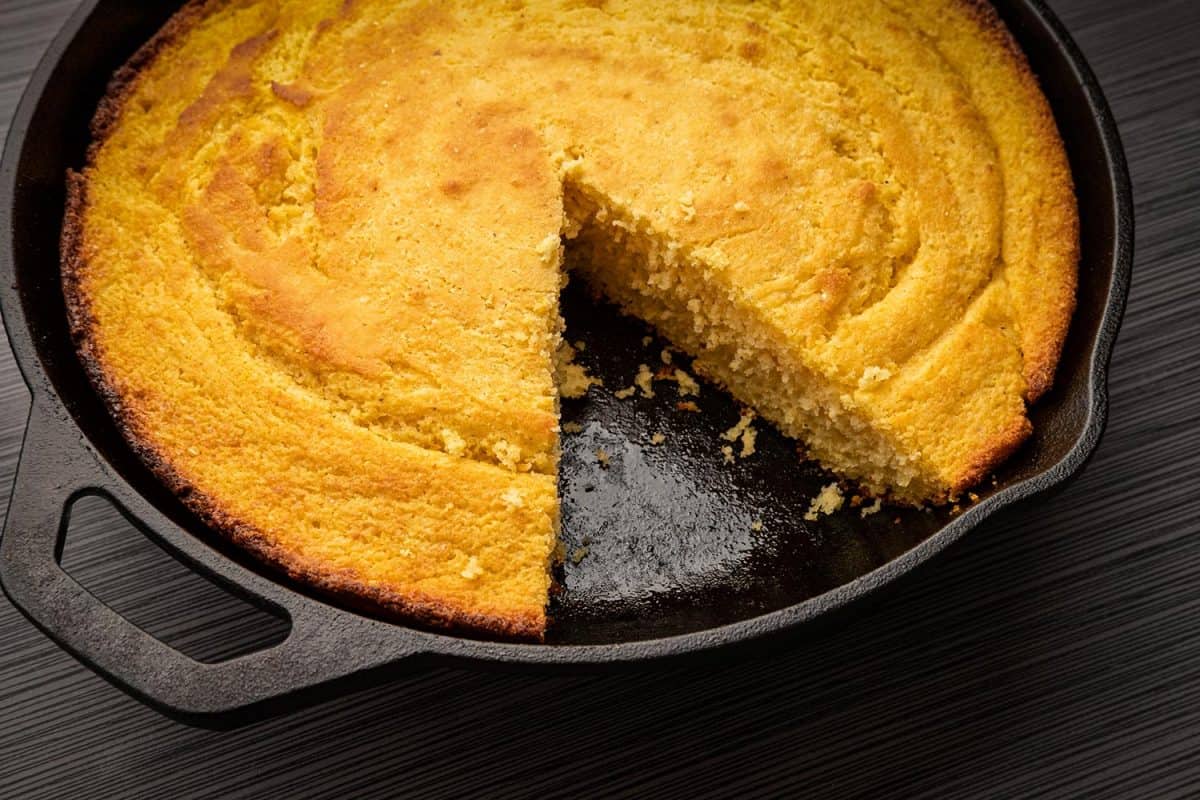
Can You Put Cornbread Batter In The Fridge?
Mixing cornbread batter ahead of time is not a good idea. You can safely bake the batter later, but it will be very stiff when it is done baking.
The quality of the cornbread will go down significantly because the leavening agents are no longer useful. The best way to save time is to mix the dry and wet ingredients separately. When you bake the bread, mix the liquid with the dry to activate the baking soda or powder.
How To Store Bread
Instead of mixing the cornbread batter the night before, you should consider baking the bread the night before. The bread will still be good for tomorrow night's dinner, although it always tastes better fresh. When you bake the bread, you want to store it properly to maintain the best flavor and texture.
You want to store the bread in a cool, dark place for the longest shelf life and prevent mold growth. The best option is to use a bread box. When using a bread box, it is best to place the loaf directly in the box without wrapping the loaf. The bags that bread loaves are sold in are not the best containers to protect the taste and texture of your bread.
Click here to buy this bread box on Amazon.
For more ideas on the best ways to store bread, check out this post. The 6 Best Ways To Store Bread.
What Kind Of Pan Should I Use?
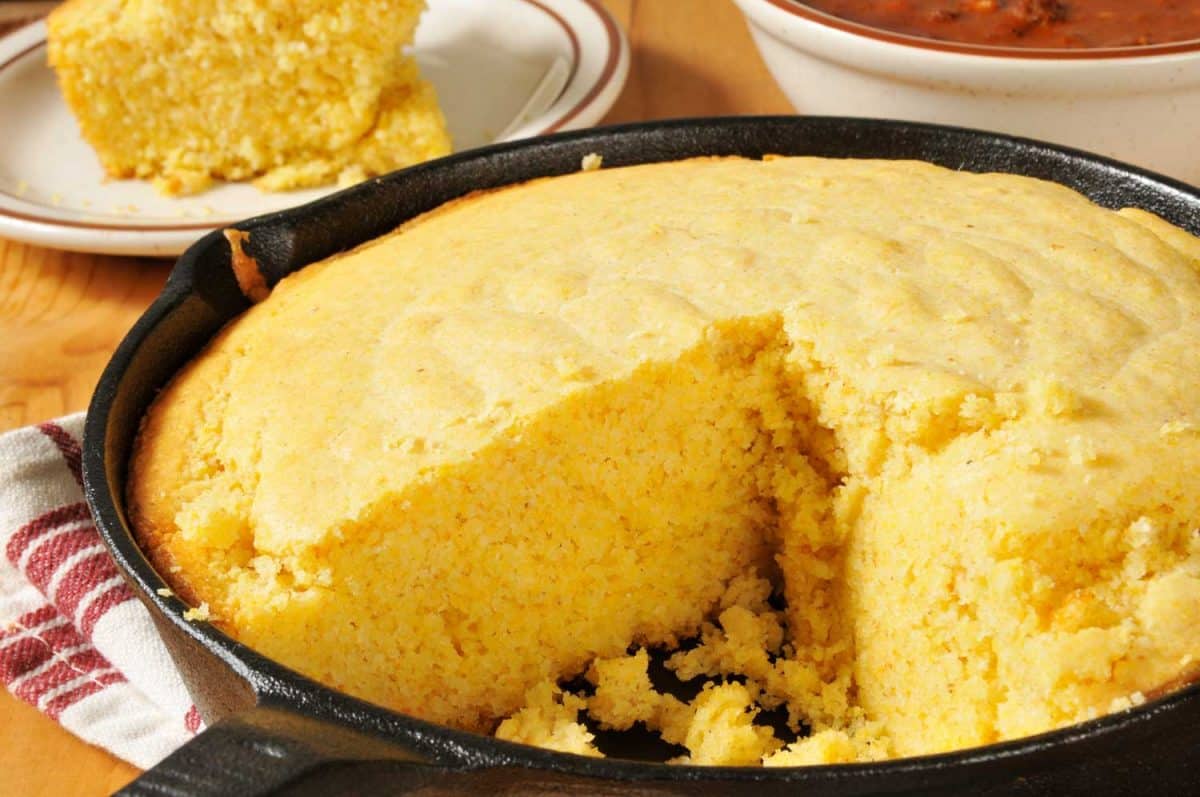
The most typical choice for good textured cornbread is to use a cast-iron skillet. Keep the skillet seasoned and oil it with butter or another fat. This will create crusty, crunchy cornbread with excellent flavor.
If you don't have access to a cast iron, you could use another kind of skillet as a backup option. Otherwise, you can bake cornbread in a bread or cake pan.
Should I Use Flour In Cornbread?
Cornbread should be made with a delicate mix of cornmeal and flour. Different kinds of flour can be used for this purpose. If you try to make cornbread without any flour, the final product will be very crumbly. The flour is needed to provide some gluten to hold the bread together. If you put too much flour in place of cornmeal, then the final product will taste more like regular bread.
The best starting point for your cornmeal to flour ratio is to use equal portions of each ingredient. If you prefer a more cake-like product that is less crumbly, add more flour and lessen the cornmeal. If you want your cornbread to be more crumbly and soft, reduce the flour and add more cornmeal.
For more flour info, check out this post: Does Flour Burn In The Oven?
In Closing
Cornbread is a pour bread that should be runnier than cookie dough but thicker than pancake batter. The general liquid to dry ratio is one to two for cornbread. When the mix is too dry, you can add more milk or water until it reaches the desired consistency. If the mixture is too runny, you can add flour or cornmeal until it reaches the desired consistency.


